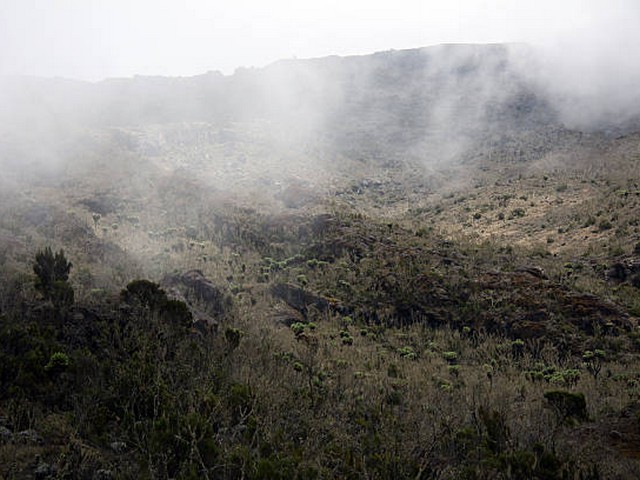The Enchanting Rhythms of Tanzania: Traditional Music and Dance Performances After Your Kilimanjaro Climb
Welcome to a world where the breathtaking views of Mount Kilimanjaro meet the vibrant soul of Tanzania through its traditional music and dance! At Kilimanjaro Centre for Trekking and Ecotourism (KCTE), we believe that your adventure to the roof of Africa should be nothing short of magical, both on the mountain and off it. Here, we delve into the rich cultural tapestry of Tanzania that awaits you after your climb, offering you an immersive experience that resonates deeply with the heart and spirit of this wonderful land.
Why Include Traditional Music and Dance in Your Kilimanjaro Journey?
After conquering the majestic heights of Kilimanjaro, what better way to celebrate your achievement than by diving into the local culture? Traditional Tanzanian music and dance are not just performances; they are a storytelling medium, a way of preserving history, and a vibrant expression of community life. Engaging in these cultural festivities can provide a perfect counterbalance to the physical exertion of climbing, offering spiritual and emotional rejuvenation.
The Musical Heartbeat of Tanzania
The Roots of Tanzanian Music
Tanzanian music is a melodious blend of indigenous rhythms and influences from Arab, Portuguese, and later, Western cultures. The traditional music usually involves a captivating ensemble of ngoma (drums), marimbas, and ilimba (thumb pianos), creating rhythmic melodies that are impossible not to move along to.
Local Genres You Should Not Miss
-
Taarab: Originating from the coastal regions, Taarab is a beautiful fusion of Swahili tunes with Arabic influences. The lyrics are often poetic, and the music is intricately layered with violins, flutes, and tambourines.
-
Chakacha: A lively dance music primarily from the Swahili-speaking communities, Chakacha features fast-paced beats and is usually performed during celebrations and festive occasions.
-
Ngoma: This term covers a variety of traditional dances and drumming practices across different tribes, each telling its own unique story.
Dance: The Expressive Soul of Tanzania
The Significance of Dance
In Tanzanian culture, dance is more than just an art form—it’s a vital aspect of ceremonies, celebrations, and community gatherings. Each tribe has its own unique dance moves, which are often passed down through generations and carry deep significances related to the tribe’s history and rituals.
Popular Dance Forms to Experience
- Maasai Adumu: Often referred to as the "jumping dance," this is an energetic performance that showcases the strength and stamina of Maasai warriors.
- Makonde Ndimu: Featuring masked dancers, this dance from the Makonde tribe is a dramatic and symbolic performance that often depicts stories of spirits and ancestors.
Integrating Music and Dance into Your Kilimanjaro Adventure
Cultural Nights at KCTE
At Kilimanjaro Centre for Trekking and Ecotourism, we organize special cultural nights where climbers can unwind and enjoy authentic performances of traditional music and dance by local artists. These evenings provide a fantastic opportunity for you to interact with the performers and even learn a few dance steps!
Visit Local Villages
We also offer guided visits to nearby villages where you can experience traditional music and dance in its most authentic form. These visits not only enrich your understanding of Tanzanian culture but also contribute to the local economy.
How to Enhance Your Experience
Engage and Participate
Don’t just watch—participate! Tanzanian people are incredibly welcoming, and they love it when visitors show interest in their culture. Try your hand at some drumming, or jump in and dance along with the locals.
Learn the Stories Behind the Music and Dance
Each dance and musical performance has a story. Take the time to learn about the history and meaning behind the performances—it will make your experience even more enriching.
FAQs About Traditional Music and Dance Performances After Kilimanjaro Climb
Q1: Are these cultural activities suitable for all ages?
Absolutely! Music and dance are universal languages that can be enjoyed by everyone, regardless of age.
Q2: How can I include a cultural night in my Kilimanjaro itinerary?
Simply let us know at Kilimanjaro Centre for Trekking and Ecotourism when you book your climb, and we’ll arrange everything for you.
Q3: Is there an additional cost for attending these performances?
Yes, there is a modest fee for some cultural activities, which goes directly to supporting the local performers and communities.
Q4: What should I wear to a cultural performance?
Comfort is key. You can wear anything casual, although if you’d like to dress up a bit to honor the occasion, that’s also appreciated.
Conclusion: The Symphony Awaits
Your climb up Kilimanjaro is not just a journey through nature but also a passage through the vibrant culture of Tanzania. At Kilimanjaro Centre for Trekking and Ecotourism (KCTE), we are committed to making your experience as rich and fulfilling as possible. Book your climb with us today, and prepare to dance to the rhythm of Tanzania’s heart and soul. Let the mountains move you, and the music and dance of this land inspire you. Join us for an unforgettable adventure that extends beyond the peaks!




